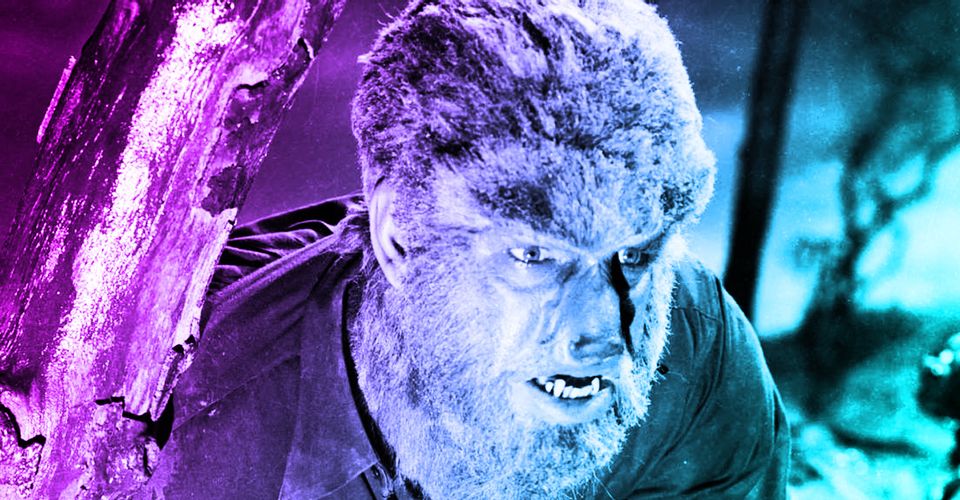Why The Wolf Man Is The Most Tragic Universal Classic Horror Monster (Not Frankenstein)

Of all the classic Universal Monsters, The Wolf Man might be the most tragic of all. Introduced by the 1941 horror movie The Wolf Man, Universal’s iconic “Wolf Man” is Larry Talbot, the unwitting victim of a werewolf who is cursed to transform into a beast every full moon. Although not the first werewolf movie, The Wolf Man is one of the most significant, and Lon Chaney Jr. would reprise the role for four sequels.
The Wolf Man tells the story of Lawrence “Larry” Talbot (Lon Chaney Jr.) who returns to his ancestral home of Llanwelly, Wales to bury his deceased brother and reconcile with his estranged father. The rest of the story is then a series of tragedies that befall poor Talbot through no fault of his own. He’s bitten by a werewolf played by Bela Lugosi while rescuing a friend of his love interest from an attack. He then becomes the Wolf Man and kills several villagers while transformed, but doesn’t remember it. When the memories return, he’s wracked with guilt and searches for a cure that does not exist. On the next full moon, he has his father lock him up, but he breaks free and attacks the woman he loves. His father then decides to put his son out of his misery by beating him to death with a silver-headed cane.
This is just the first Wolf Man movie of the franchise (and the second Universal horror produced — the first being Werewolf of London). In the second — a crossover titled Frankenstein Meets the Wolfman — he goes to the late Dr. Frankenstein’s estate looking for a way to end his life, but only finds Frankenstein’s Monster (Lugosi again). In the third, House of Frankenstein, he is resurrected again and promised a cure by the evil Dr. Gustav Niemann (played by the legendary Boris Karloff) — only to be killed by a silver bullet at the movie’s end. His luck doesn’t really improve in the latter entries either. While both Talbot and Frankenstein’s Monster are put into incredibly unfair situations, what makes the former’s tale sadder is that there is no true villain.

Frankenstein, like Universal’s Invisible Man, is a story of scientific hubris. Dr. Frankenstein successfully plays God and creates life — only to have his creation go beyond his control. It’s a tragedy in the classical sense, with a fatal flaw causing the downfall of the protagonist. Though Frankenstein’s Monster is the creature who elicits pathos, the tragedy of both characters is classical and, therefore, familiar. The Wolf Man’s Talbot, by contrast, is just incredibly unlucky. He is not a bad person and has no fatal flaw that causes his downfall, and becomes a monster because he was at the wrong place at the wrong time while saving a life.
In most narratives, a heroic act like that gets rewarded, but instead, Larry is punished for trying to do good. His reward is to become a monster and a killer. The horror of Talbot’s life isn’t just his monthly transformations either; it’s how he’s suffering so senselessly. The Wolf Man is, at its heart, about the fear of the evil within everyone and how bad luck can turn even a decent person into a monster. Both Frankenstein’s Monster and the Wolf Man are tragic figures who deserve better, and that might just be the most horrifying thought of all. Sometimes terrible things happen to good people without reason, but they still have to live with the consequences.
About The Author

















